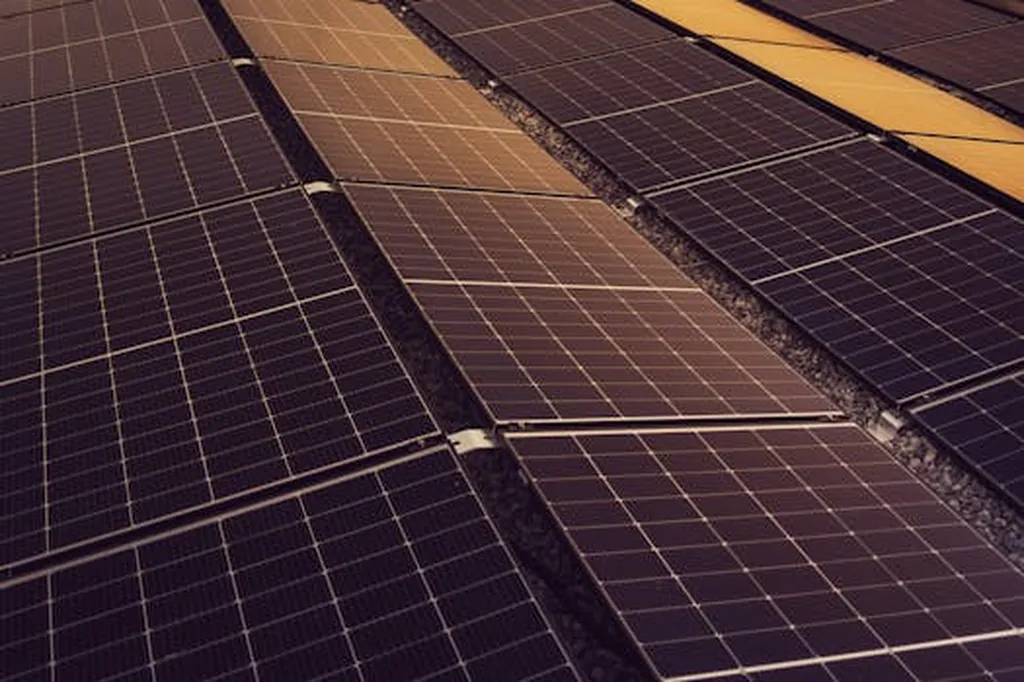In the heart of Milan, a groundbreaking experiment is underway, one that could redefine the future of agriculture and renewable energy. Researchers at the Fantoli laboratory of Politecnico di Milano are exploring the intricate dance between solar panels and crop growth, aiming to optimize both food production and energy generation. This innovative approach, known as agrivoltaics, is gaining traction as a sustainable solution for land use, and the latest research led by Jiawei Chen from the Department of Civil and Environmental Engineering is pushing the boundaries of what’s possible.
Agrivoltaics, the practice of combining solar energy production with agriculture, is not new. However, the challenge has always been to understand how the shading from solar panels affects crop yield. Chen and his team are tackling this issue head-on by developing a large-scale digital twin model. This model, powered by Internet of Things (IoT) concepts, uses a network of sensors to collect real-time data from the field. The data is then merged with information from satellite images, creating a comprehensive picture of the agrivoltaic system.
“The idea is to create a synergy between energy production and crop yield,” Chen explains. “We want to find the sweet spot where both can coexist and thrive.” To achieve this, the team is using artificial intelligence tools to analyze the data and predict crop yield under varying solar panel coverage. The experimental setup involves wooden panels placed above the crops in different patterns, mimicking the shading effect of solar panels. The laboratory is equipped with a sophisticated sensor network to gather the necessary data.
The implications of this research are significant for the energy sector. As the world shifts towards renewable energy, the demand for land to install solar panels is increasing. However, land is also a precious resource for agriculture. Agrivoltaics offers a solution that allows both uses to coexist, maximizing the utility of the land. By understanding how solar panels affect crop growth, farmers and energy companies can make informed decisions about the placement and coverage of solar panels.
“This research is not just about improving crop yield or increasing energy production,” Chen says. “It’s about finding a sustainable balance that benefits both sectors.” The results of this study, published in the journal ‘Engineering Proceedings’ (translated to English as ‘Engineering Proceedings’), could pave the way for future developments in agrivoltaics, shaping the future of sustainable land use.
As the world grapples with the challenges of climate change and food security, research like Chen’s offers a glimmer of hope. By harnessing the power of technology and innovation, we can find sustainable solutions that benefit both people and the planet. The future of agrivoltaics is bright, and with continued research and development, it could become a cornerstone of sustainable agriculture and energy production.

